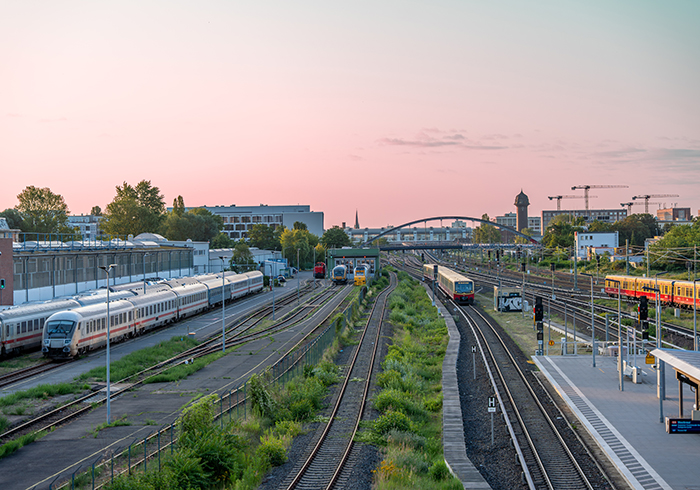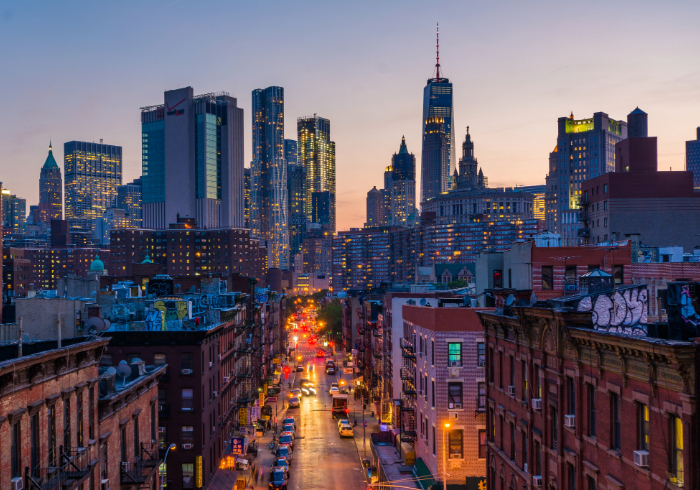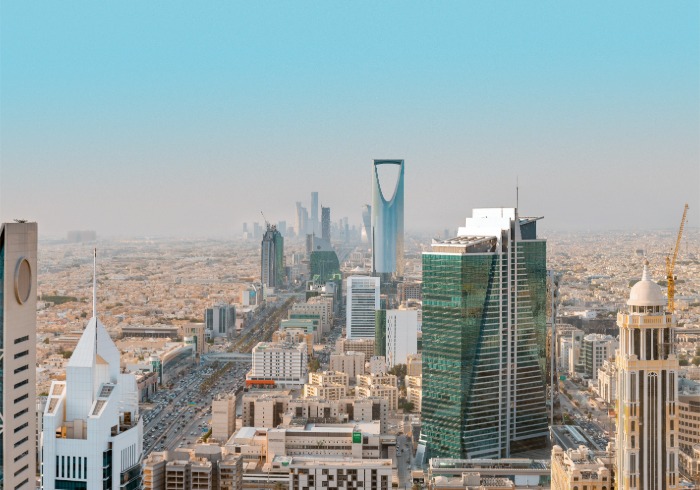Mexico, Turkey, Russia, China and India rank among the riskiest countries from which to source goods, according to a new index measuring vulnerabilities across 30 major trading nations.
The Global Sourcing Risk Index, compiled by supply chain consultancy Proxima, which assesses factors such as geopolitical conflict, vulnerability to natural disasters and human rights policies, highlights the complex trade-offs companies face as they diversify supply chains and shift sourcing strategies.
The findings challenge assumptions about the benefits of ‘China plus one’ supply chain strategies, with several preferred alternatives, including Mexico and India, scoring high on aggregate risk.
To produce the report, Proxima analysed a range of internationally recognised datasets, including the World Risk Index, the Global Peace Index and the World Bank’s Worldwide Governance Indicators.
GTR speaks to Simon Geale, executive vice-president of procurement at Proxima and co-author of the report, about shifting risk appetites, the push toward regionalisation and why supplier visibility is a key concern for financiers and corporates alike.
GTR: What challenges or risks did you want to explore in the report, especially around the shift from global to regional sourcing strategies?
Geale: There is a lot of talk in the market about onshoring, nearshoring, moving away from China, China plus one, etc. These are big strategic decisions. Statistically speaking, companies spend about 75% of revenues on suppliers, and of course, we know now that in large global businesses, a lot of that expenditure, probably around 25% to 30% on average, is tied up in these complex global sourcing networks.
Research from our parent company, Bain, shows 75% of execs are planning to accelerate nearshoring or reshoring in the next three years, but only about 2% have made significant progress. There’s clearly this desire to try and rewire the global system, and as sourcing professionals, in our world, that’s a pretty big ask. It’s very easy to say, let’s move out of China, but we know that to do it in practice is very, very hard. It’s easy to say let’s onshore, but it is, again, very expensive, very hard, and can take a long time.
So when you talk about China plus one, the question I’d ask immediately is who’s your plus one? When you talk about friendshoring I’d say, in this day and age, who are your friends? The question that I wanted to answer was, are we just trading one set of risks for another, and what are those risks? And therefore, what should companies be aware of in making these change decisions?
GTR: Was there anything in the report that stood out to you as particularly surprising?
Geale: About 65% of international trade is covered by the locations in this report. What surprised me was that Turkey, Mexico, Philippines and India, which you would argue would be some of the key beneficiaries of the China plus one strategy, showed up as having such a significant exposure to a broad set of risks, all appearing in the top five highest-risk countries.
It’s only really when you get into the detail of the globally recognised indicators that we use that you start to understand why. That would be number one.
We’re not saying don’t go and source in Mexico or India or Turkey, because there’s significant economic advantages of doing that, but we are saying be aware of the risks and calibrate accordingly.
GTR: Mexico tops your list of countries in terms of sourcing risk. As the US’ largest trading partner and a major nearshoring destination, this could be cause for concern for companies. Could you explain what it is about the country that puts it in the number one spot?
Geale: Mexico is a bit of a paradox. On one side, it’s the US’ top trading partner. It’s a nearshoring magnet, it’s very cost competitive, it’s got emerging skills. It’s made progress on things like human rights, in particular, over the last five years or so. So there’s definitely a growth trajectory there. We know it’s had a lot of foreign direct investment from America, but China is also growing its investment there. There’s a lot of things there which say Mexico is good.
But when you look across the indicators, it scores in the top five or top 10 on a number of them, which when you roll it out to an aggregate level, puts it in the number one position. For instance, there is a large risk in certain parts of Mexico of extreme weather events. Buyers need to be aware of that; they need to understand the coping capability, not just of the city or the location that they’re in, but of the companies that they’re working with.
For a company looking to move into Mexico, concentration is also an issue because you’re looking for enough skills and infrastructure in the zone that you’re going into. If you’re competing heavily for skills, that’s going to push labour cost up.
GTR: In the report, the riskiest countries for sourcing are all non-Western economies. What implications does this have for businesses buying from these countries?
Geale: There are some examples within the report where the link between development and risk is not necessarily as binary as we might think, but in broad terms, less economically developed nations are riskier, but also cheaper. You can see this with Europe, for instance. It’s got a strong regulatory regime, it has things like minimum wage standards, and therefore it’s an expensive place to source; that’s the trade-off.
You have to look at the type of business to see how they set up their risk appetite. If you’re in luxury goods or high-end automotives, you might say that you can take a hit on price, because part of your brand promise is ‘made in Germany’, and customers are prepared to pay for that.
But if you’re in the mid-to-low end consumer goods or electronics business, you’re essentially competing on price a lot of the time, and your margins are low, and therefore your risk profile is probably going to increase because you’re going to have to go to a country which has got relatively low-cost labour.
So if you’re moving out of China now, for instance, places like Thailand or Vietnam start to look attractive because they’ve got relatively low labour costs. China’s very closely aligned to Thailand economically and in terms of trade, whereas Vietnam is more closely aligned to the US, so it is quite a difficult and strategic decision if you’re trying to move away based on price.
GTR: How real are the opportunities for Western countries to reshore their manufacturing?
Geale: The numbers suggest we will see somewhere between US$3tn and US$4tn invested in re-industrialisation over the next few years. So there’s clearly an opportunity. I think most of the major economies are looking at critical supply chains around defence, pharmaceuticals, semiconductors and healthcare. I don’t think anyone cares about things like children’s toys and garden furniture or fast fashion. This stuff will float around the low-cost countries. I think Western buyers care about disruption in those instances, and they’ll calibrate their supply chains accordingly.
But a lot of those supply chains that we’ve just talked about come down to who controls the raw materials and who controls the semiconductor market, which is essentially the background to a lot of the geopolitical disputes that we’re seeing in the market today.
GTR: Looking forward, do you expect to see international trade volatility decrease, and risk appetites fall accordingly?
Geale: It’s a really interesting question, because if you looked at it during peak Covid, there was lots of talk then about reshoring, nearshoring and rightshoring. Then what happened is that shipping costs went down, and capacity came back into the system. Things started to work again. And businesses actually said, ‘Let’s focus on reducing our operating costs and get back to profitability, and then perhaps make some of these bigger strategic investments’.
It’s only really the events that cause huge volatility, like [US President Donald] Trump’s tariff push, which tend to be an accelerant, but it’s the speed at which those things get resolved that tends to dictate whether or not the risk focus is just a fad or not.
I can say that there has always been and will always be risk in the system, but businesses have historically tended to only really invest in resilience when they’ve suffered a risk event themselves. I remember sitting in a room with a board member from one of the UK’s biggest banks and they said: ‘We really, care about risk, but we only care enough to invest in preventing it when we have a problem ourselves’. So the risk that lies beneath, which is one of the themes in the report, isn’t going anywhere. But risk appetite is often calibrated on the financial performance of the business.








